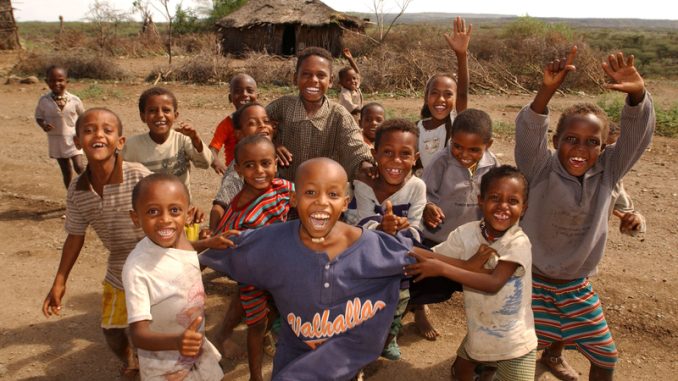
The research was done by a national research team called “BOne Setting Associated Disability (BOSAD)” organized by the Ethiopian Bone and Joint Physicians Association (ESOT) and the research took 1 year and a half.
Dr. Mengstu Gebreyohans Mengesha, the general secretary of the association and coordinator of the study, told Tikvah Ethiopia that the study focuses on the health problems associated with traditional medicine, which is considered as a treatment option by the community in relation to bone and joint injuries in our country.
What is the approach and strategy of the study?
This study used qualitative and quantitative methods.
In addition to this, a community-based study is made by including community-based information.
The study included 783 adult patients in health facilities;
Data were collected from 460 children and 860 patients in the community-based study.
Data for this study were collected from 8 university hospitals in 6 regions, namely Hawassa, Bahardar, Gondar, Jimma, Wachamo, Haromaya, Asela, and Jigjiga.
What were the key findings of the study, which collected data from 783 adult patients?
- When the patients came to the health facility after being ‘treated with traditional medicine’, 77% of them experienced side effects and 6.6% of them experienced severe damage.
- 26.7 percent of them came to the health facility first and went back to traditional medicine saying they didn’t get enough medical help and then came back to the medical facility again.
- 11 people begged for their lives because they rotted because their legs or arms were tied.